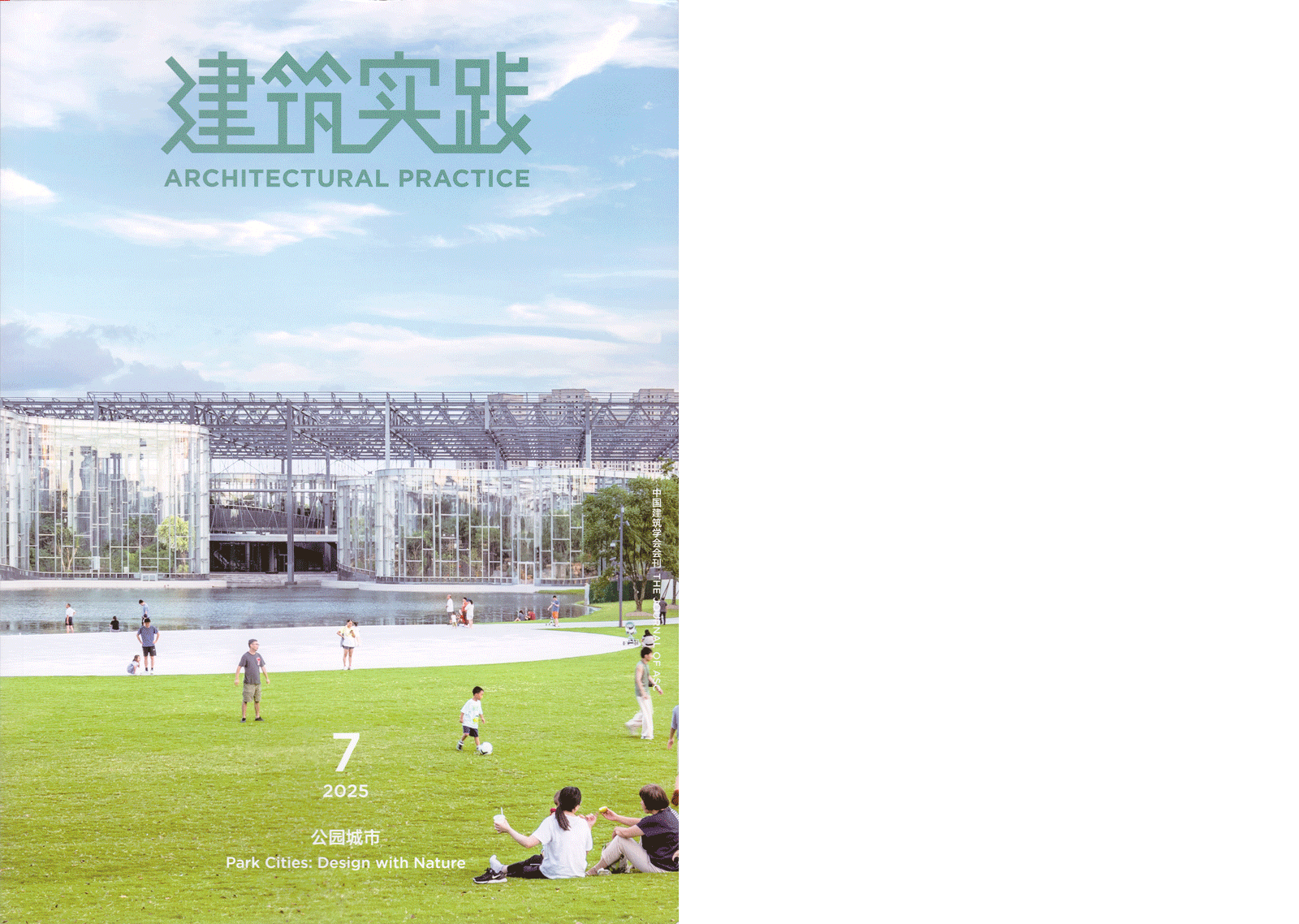On Thomas Heatherwick's 1000 Trees, Shanghai
Rachaporn's review of Thomas Heatherwick's 1000 Trees project in Shanghai was published as a part of "ARCHI-VIEW: THE "1000 TREES" DEBATE" in Architectural Practice magazine, issue 7 / 2025.
The 1000 Trees, Shanghai: Heatherwick’s Urban Mountain
Experiencing 1000 Trees in the middle of Shanghai’s summer is perhaps the best way to understand what it means to place trees on a building. Under the heavy heat, when shade becomes an urgent form of architecture, the project’s promise—to merge nature and structure—reveals both its ambition and its limitations.
Designed by Thomas Heatherwick, 1000 Trees marks a turning point in his Chinese ventures—a real estate operation disguised as a piece of urban optimism. The idea of a building covered with trees is hardly new; Stefano Boeri’s Bosco Verticale in Milan set a precedent earlier. Yet, at a time when architecture is burdened by the guilt of construction—its environmental cost masked by greenery—the project goes beyond the average greenwash gesture. Its mountain-like massing, carved into terraces, feels more at ease with the Suzhou riverside than the surrounding high-rise housing blocks. At least, 1000 Trees offers something to think about.
Approaching the building from different directions, its mass is surprisingly difficult to grasp. What seems from afar to be a mountain of concrete and trees changes as you walk closer—the trees remain still, neatly arranged in their pots like flowers in vases, while the terraces, columns, and volumes slip and shift around them. The literality of the concept is perhaps the project’s most intriguing quality. The name tells it all—1000 Trees—and indeed, one could almost count them one by one. This simplicity, both in idea and in execution, resonates widely. The general public responds with excitement and curiosity, precisely because the building is so easy to understand. Unlike much of contemporary architecture, whose ideas circulate self-referentially among experts, 1000 Trees speaks directly to its audience. It is communicable, even chatty—a building that wears its intentions on its sleeve.
The second phase continues this exploration of mass and public space. The two volumes, if eventually connected by a continuous pedestrian route leading down to the water, could become one of the few moments in Shanghai where the city genuinely touches the river. Inside, however, the experience falters. As a shopping mall, it lacks the pleasure and clarity of retail architecture. With several open wells cutting through the interior, the space prevents visitors from seeing storefronts across different levels, and the ceilings—with their highly decorative patterns—do little to aid visibility or orientation. Coming from Bangkok, a city of hyper-developed malls where shopping is a social event, 1000 Trees feels too architectural—too self-conscious—to let the shops or the people shine. Walking through it is like wandering in a cavern, detached from the outside world, even though that world includes those thousand trees and the Suzhou River.
The terraces themselves are curiously barren. The plants are too small to offer meaningful shade, making the outdoor spaces nearly unbearable in summer. The trees, confined to concrete pots reminiscent of a miniature Little Island in New York, look weary and unhealthy. A more thoughtful selection of species, and larger containers to support real growth, might have transformed the gesture into a living ecosystem rather than a symbolic one.
In the end, 1000 Trees succeeds in being instantly legible but not in being alive. It shows how architecture today often trades depth for clarity, substance for image, and ecological reality for communicable form. Perhaps it is less a vertical forest than a new kind of decorated shed—a building meant to be seen and understood rather than inhabited as an ecological space. Under the summer sun, when the concrete radiates heat and the trees fail to cool the air, the metaphor becomes painfully literal. What remains is a vivid picture of our time: a world where nature is both celebrated and contained, displayed yet domesticated—flourishing only as long as it stays in the pot.



